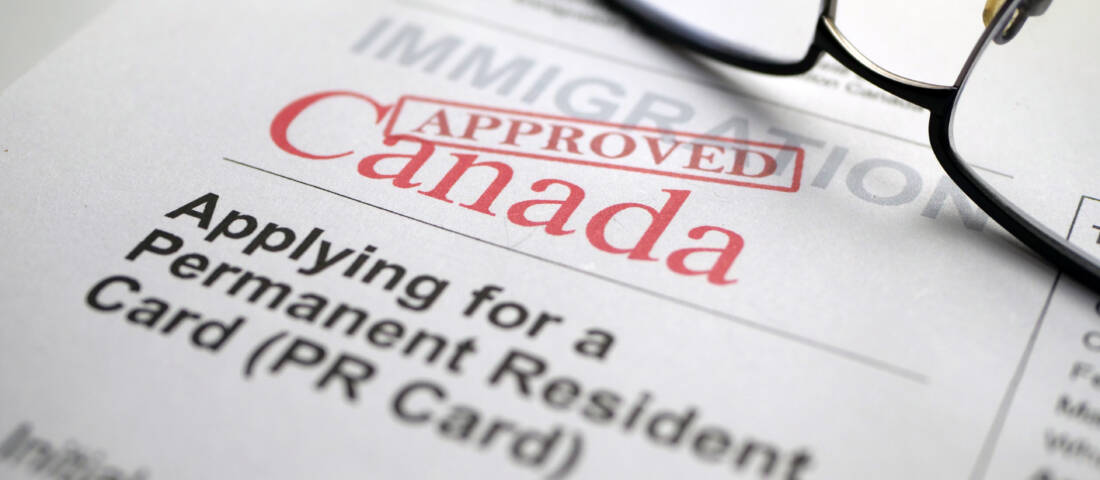The federal government is committed to increase immigration levels over the next three years and has allocated $440 million to ensure this multi-year immigration plan is successful. Canada is committed to increase the overall admission target of 310,000 in 2018 to 340,000 in 2020. These numbers represent the highest admissions to Canada in more than 100 years.
The key drivers for the three-year immigration plan are the Provincial Nominee Programs and the Express Entry Program which will total sixty percent of the growth. Express Entry will facilitate 242,000 new admissions from 2018 to 2020. The candidates with a provincial nomination will benefit from an additional 600 points towards their CRS scores, thus increasing their chances of receiving an invitation to apply for Canadian permanent residence.
The Canadian provinces were partly the reason behind this growth due to increased demand for workers and skilled labour. IRCC’s admission targets for Provincial Nominee Programs is set to increase by 23 percent over the next three years.
The multi-year plan is believed to facilitate better planning and improve the operations of the immigration system by reducing the backlogs and improving processing times while allowing IRCC to process more applications each year.
Minister Hussen stated that all Canadians have a vested interest in increasing immigration levels judging by the decreased ratio levels of workers to aging Canadians in the last 47 years. Canada is an aging population.
“In 1971, there were 6.6 people of working age for each senior; by 2012, the worker to retiree ratio was 4.2: 1,” Hussen said. “Projections put the ratio at 2:1 by 2036 — less than 20 years from now. That’s when 5.5 million Canadians are expected to retire and almost 100 per cent of Canada’s net population growth will be through immigration.”
In addition, immigration will also help to ensure the public health system is supported as well as public pensions and other social programs.
Further information:








